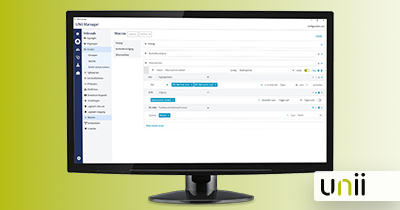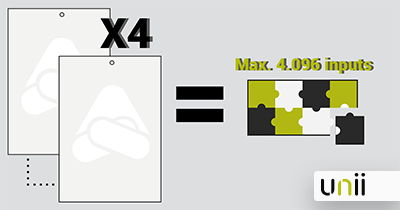Many factors are considered when securing a property. Thus, the goods or possessions present as well as the nature of the object play an important role. The outcome leads to the measures that should be in line with the risk. This approach often refers to so-called ‘security grades’. But what are they? Security grades make a risk assessment of the level of the attacker. In addition, it also applies to the components used. Here, in general, it can be said that Grade 1 applies to the lowest risk and Grade 3 is applied at the highest risk.
Security Equipment
So the security grade also applies to the security devices themselves. This means taking a close look in advance at what the security grade is and that the installed equipment must match this as a minimum. Of course, this applies not only to the initial installation but also afterwards. Because if the attractiveness of the goods or their value increases, the security grade may be affected and the client must take measures appropriate to a higher level.

Impact on equipment
Many manufacturers offer different solutions to fit a specific security grade. The central equipment then meets requirements such as Grade 2 or 3. For the installer, this means that prior to installation, a close look must be taken at what risk the customer is protecting against and what equipment goes with it. The consequence of this is often that different versions of central equipment are carried; Grade 2 for the systems at individuals, SMEs and retail, for example, and Grade 3 for the higher risks such as stores with electronics, jewelers and financial institutions. From this follows more inventory and higher costs to maintain knowledge of the various systems.
Advantages of Grade 3
When developing the UNii, Alphatronics chose to have all central equipment certified for Grade 3. This leaves the installer with only one solution to manage. This means less inventory in the warehouse and service van, significantly fewer training hours and always a system that fits the customer’s risk.
For the customer, an installation whose central equipment is Grade 3 certified also offers tremendous benefits. Namely, if the risk increases, the equipment no longer needs to be replaced. So the Grade 3 certification provides huge savings before, during and after installation.

Why would the risk increase?
But does it occur that additional measures are needed because the risk is rising?
A practical example: Until recently, the risk of a normal bicycle store was limited. More bikes were stolen on the street than from a store, and taking multiple bikes at once made little sense. But with the advent of the electric bicycle, that picture has changed completely. The attractiveness of the bicycle has become much higher and marketability too. So the security that was fine for years needs to be modified where it is likely that a higher security grade will apply.
Summary
The security grade applicable to the equipment depends on the object and goods and may change. By using a security system that is Grade 3 certified, the customer is choosing a future-proof solution. For the installer, it ensures less inventory, always the right spare parts, fewer training hours and always a suitable solution to the issue.




